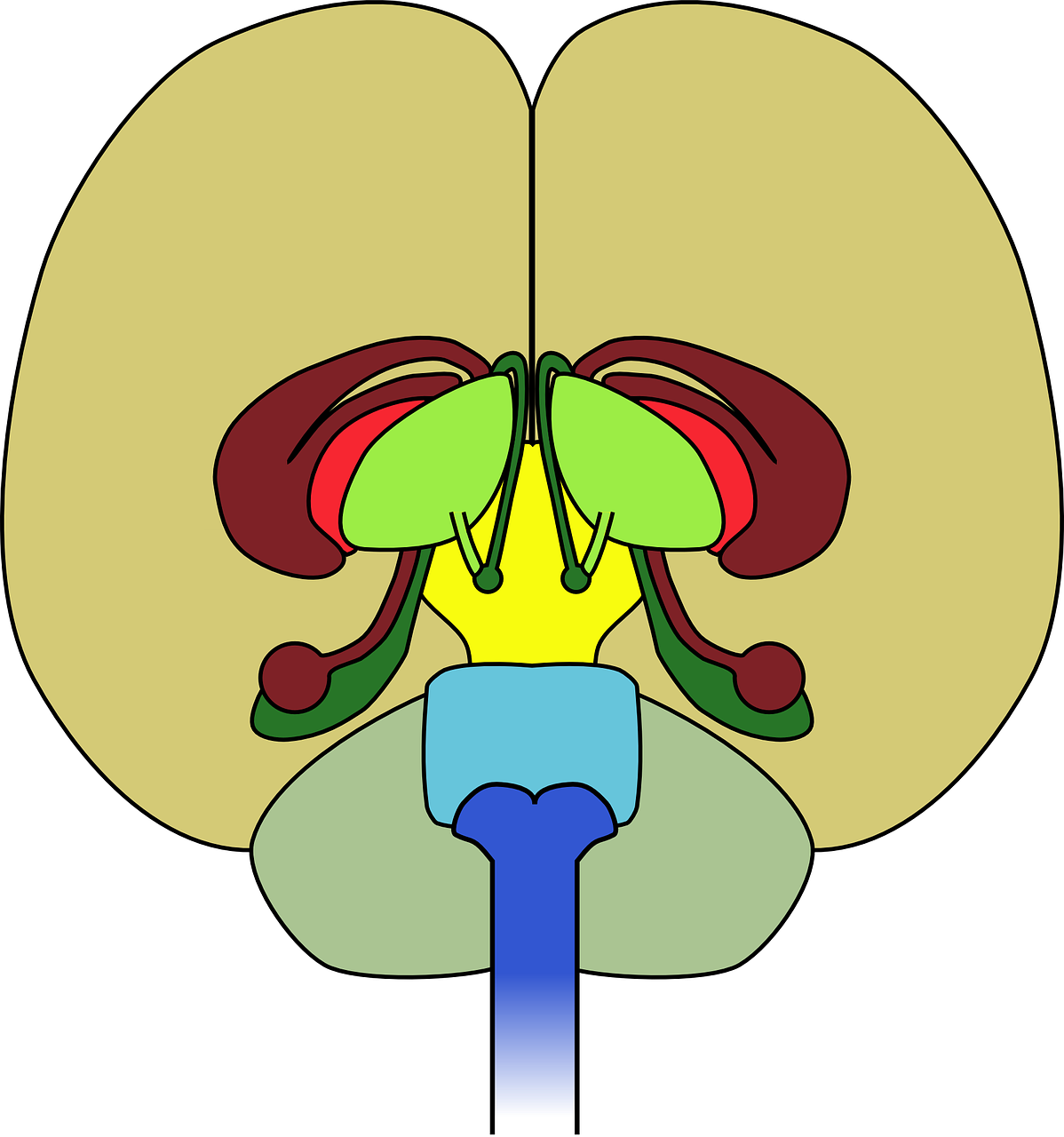The cerebral cortex is an area discovered within the outer part of the brain and the purpose of which is to divide this construction into two hemispheres, and into different specialised areas, via multiple folds and convolutions. The forebrain plays an important position within the processing of data that’s related to advanced cognitive activities, sensory and associative functions, and voluntary motor activities. In 1909, Korbinian Brodmann distinguished completely different areas of the neocortex based on cytoarchitectural difference and divided the cerebral cortex into fifty two regions. Neurodegenerative ailments such as Alzheimer’s illness and Lafora disease, present as a marker, an atrophy of the gray matter of the cerebral cortex. The prenatal improvement of the cerebral cortex is a posh and finely tuned process called corticogenesis, influenced by the interplay between genes and the environment. Tuorto F, Alifragis P, Failla V, Parnavelas JG, Gulisano M. Tangential migration of cells from the basal to the dorsal telencephalic areas within the chick.
It is concerned in motivation and regulation of emotional conduct and mood. The giant measurement of this area in humans might account for our emotional complexity and our comparatively well-developed capacity to assume forward and feel motivated. The cerebral cortex is derived from the pallium, a layered construction discovered within the forebrain of all vertebrates.
These practical areas are located in the numerous lobes of the cerebral cortex. The cerebral cortex is divided into six lobes primarily based on the organization of major sulci. Each lobe has gyri that comprise neuronal cell bodies involved in specific functions. Four of these lobes, the frontal, parietal, temporal and occipital lobes take their names from the overlying cranial bones. The insular lobe is located deep to the lateral sulcus, while the limbic lobe is situated on the medial side of the hemisphere.
Unfortunately we will have to limit this comparability to mammals, because no such information is out there on other vertebrates. We shall not talk about comparative elements of early cell death, though we notice that this could be a very fascinating side of cortical development . We shall end with the evaluate of related human cortical developmental disorders and level out the restrictions of some of our model systems.
Hatini V, Tao W, Lai E. Expression of winged helix genes, BF-1 and BF-2, define adjoining domains within the creating forebrain and retina. A novel CNS gene required for neuronal migration and concerned in X-linked subcortical laminar heterotopia and lissencephaly syndrome. Bernier B, Bar I, D’Arcangelo G, Curran T, Goffinet AM. Reelin mRNA expression during embryonic brain growth within the chick. Bayer SA, Altman J. Development of layer I and the subplate within the rat neocortex.
The folding is inward away from the floor of the brain, and can be present on the medial surface of every hemisphere inside the longitudinal fissure. Most mammals have a cerebral cortex that is convoluted with the peaks generally identified as gyri and the troughs or grooves known as sulci. Some small mammals including some small rodents have easy cerebral surfaces without gyrification.
Second we will evaluation the differential origin of pyramidal and non-pyramidal cortical neurons. Comparative studies and genetic analyses show that the dual origin of these two basic neuron sorts is a very basic characteristic of the cortical organization throughout all vertebrates studied so far. GABAergic interneurons have a standard origin in the subpallium and a common mechanisms govern their migration. Third, we shall make comparisons among the early generated cell layers comprising preplate cells, then forth the germinal zones. Based on numerous recent observations we shall present an argument that the elaboration of mitotic compartments might have been the drive behind mammalian cortical evolution.
The cortex covers the outer portion (1.5mm to 5mm) of the cerebrum and cerebellum. Special areas of the frontal lobe are answerable for specific fantastic motoric activities on the alternative side of the physique. The largest part of the cortex, as much as 90%, consists of a phylogenetically newer structure – a new cortex, consisting of six layers of stacked nerve cell our bodies.
By comparing brain development in several species we can acquire insight into the origin of the mammalian neocortex, and into the evolutionary modifications which may have occurred. The forebrain is that the biggest part of the mind, most of which is that the cerebrum. Other essential forebrain buildings include the thalamus, the hypothalamus, and the limbic system. The cerebrum is divided into two cerebral hemispheres connected by a mass of white matter generally recognized as the corpus callosum.
The midbrain is responsible for the center for reflex responses to visible, contact, and auditory input. Midbrain is a middle for reflex responses to visual, contact, and auditory enter. Latin word for “hood”, this part of the mind entails coordination of the movements the traits of a good leader are easily acquired.. Rafael Lorente de Nó, a pupil of Santiago Ramon y Cajal identified more than 40 different sorts of cortical neurons primarily based on the distribution of their dendrites and axons.
